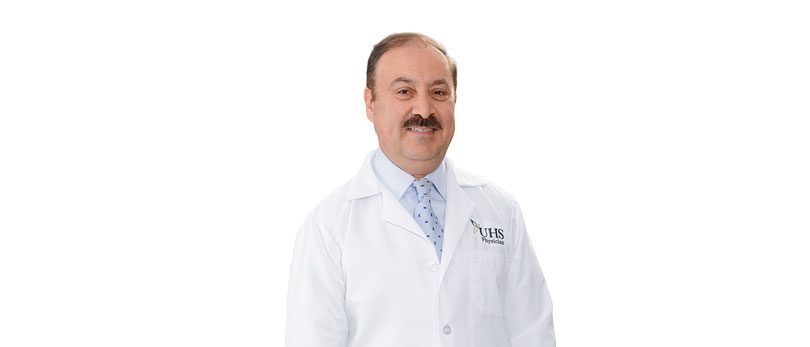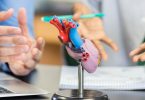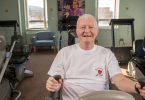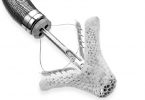Medicine is always moving forward. Protocols change, research illuminates, technology improves and techniques are perfected. Hisham Kashou, MD, of UHS Cardiology Vestal, discussed advances in cardiology with UHS Stay Healthy Magazine.
INTERVENTIONAL CARDIOLOGY
Cardiac stenting has been the gold standard for treating heart attacks and opening blocked arteries for nearly two decades, and it keeps getting better. “The stents and balloons are much more deliverable, so they can be deployed in smaller vessels than just five years ago,” says Dr. Kashou. He also explains that the latest generation of drug-coated stents (mesh cages that hold vessels open) are improving outcomes and reducing the recurrence of narrowing of the arteries.
On the horizon in a few years are biodegradable stents that dissolve months after they are implanted. Additionally, a new technique for replacing heart valves using a catheter threaded through a vessel, rather than surgically, was recently approved by the FDA and is being slowly rolled out to medical centers across the country. Dr. Kashou says UHS is preparing to offer this procedure, starting with a valve clinic.
PREVENTION
Dr. Kashou notes that management of risk factors for heart disease, including hypertension, high cholesterol and high blood sugar, has gotten more aggressive in recent years. For example, target LDL (“bad” cholesterol) counts have dropped from under 100 to under 70 in high-risk patients. Cardiologists and primary care providers have also put more emphasis on helping patients understand the importance of exercise, a healthy diet, avoiding tobacco and making lifestyle changes when necessary. “The lower the cholesterol, the lower the blood pressure, the less risk of heart attack and stroke,” says Dr. Kashou. “Exercise and weight loss are part of the formula.”
IMPLANTABLE DEVICES
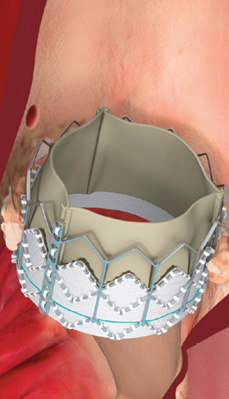
Minimally-invasive heart valve replacement can be performed via catheterization.
Patients with weak heart muscles or certain types of arrhythmia (irregular heartbeat) who meet stringent criteria may benefit from implantable defibrillators. The newest devices have improved vastly over earlier devices, according to Dr. Kashou. They are smaller, longer lasting and double as pacemakers. “When they first came out, they were quite bulky, but they are now much smaller and the battery can last up to seven to eight years,” he says. “In addition, they now have pacing capacity in them.”
After implantation, patients need to follow up at a device clinic to have their device checked and adjusted, if necessary. There are clinics available at Cardiology Associates and UHS Vestal.
IMAGING
Echocardiography (ultrasound of the heart) produces clearer images than ever, providing physicians with comprehensive information about a patient’s heart. (See page 3 for information on 3-D echocardiography in the operating room.) The addition of trans-esophageal echocardiography, where the probe is inserted through the patient’s mouth, produces a more detailed look at the heart, according to Dr. Kashou.
The stress test has been part of a standard cardiac workup for years. During the test, the patient’s heart is examined using echocardiography before and after the patient runs on a treadmill. Newer options make the stress test available to more patients, says Dr. Kashou. The nuclear stress test employs an injection of a radioactive substance to create additional contrast that a radiologist can interpret for patients with subtle anatomical changes. A chemical stress test provides an alternative for patients who, due to age or disability, cannot walk on the treadmill.
HEART SMART
To make an appointment with Dr. Kashou or another cardiologist at UHS Cardiology Vestal, call 729-8833.

